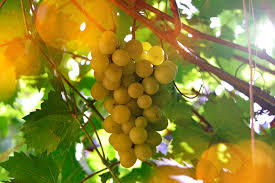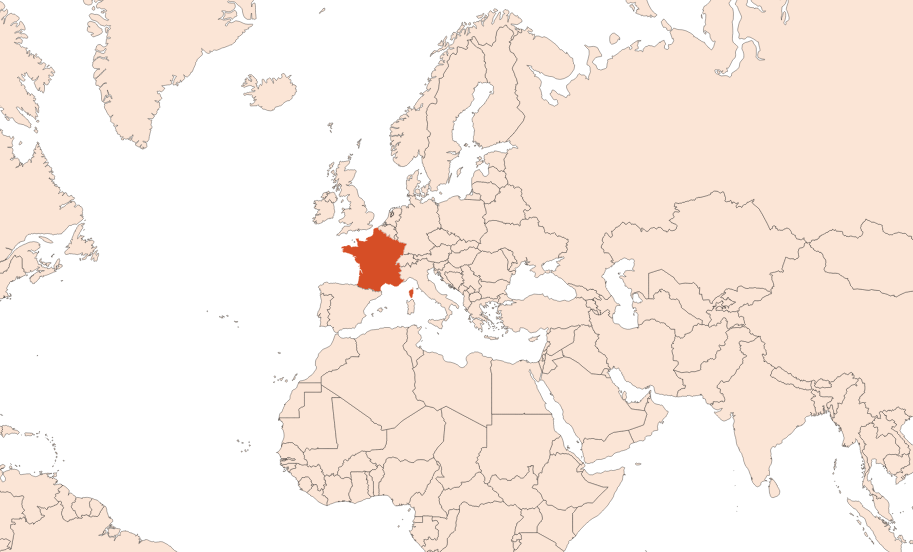White Wine Lees EO
Naturelle
Fruity > Green Fruits > Butyric > Spicy > Boozy

Crédits photo: ScenTree SAS
Latin name :
Vitis vinifera
Botanical profile :
White wine lees are a product derived from the production of white wine, made from the common vine. This plant belongs to the Vitaceae family, and to the genus Vitis.
Geographic origin :
Native to the Mediterranean, Central Europe and South-West Asia. By vineyard area, the five largest vine growing countries in 2017 are Spain, China, France, Italy and Turkey.
In the case of white wine lees, the grape varieties generally come from Alsace, France.
In the case of white wine lees, the grape varieties generally come from Alsace, France.
Chemotypes :
The green wine lees, produced from grape varieties in Romania, have a drier smell, due to the continental climate of the country.
The vines used to produce wine have up to 10,000 different species. The genus Vitis, on the other hand, has about 80 recognized species, among which:
Vitis vinifera, used for the production of drinking wine. Vitis labrusca, or American vine, sometimes used to produce certain wines. Vitis riparia, from North America, used for the production of wine and jam. Vitis coignetiae, an ornamental plant from East Asia.
The vines used to produce wine have up to 10,000 different species. The genus Vitis, on the other hand, has about 80 recognized species, among which:
Vitis vinifera, used for the production of drinking wine. Vitis labrusca, or American vine, sometimes used to produce certain wines. Vitis riparia, from North America, used for the production of wine and jam. Vitis coignetiae, an ornamental plant from East Asia.
Extraction process :
The vine can measure up to 30 meters long. It reveals leaves up to 20 cm wide, and fruits called grapes.
The culture of wine is done in several stages. The harvest period varies depending on the geographical origin of the vine. In France, it is generally done from August to October, depending on the origin. For the production of white wine lees essential oil, it takes place in September, generally in Alsace. After selection of the grapes and manual or mechanical harvesting, the grapes are separated from the stems: this is called destemming. In the case of white wine, the white or red grapes are crushed. The juice does not remain in contact with the skin and seeds, passing almost directly through a press. The juice is left to settle in a first tank to separate the solid products, then transferred to a barrel for fermentation, with or without the addition of yeast. The bottling is done after 10 to 14 days of fermentation.
The wine lees are the deposits recovered at the bottom of the first wine fermentation tank. This solid deposit (which can be a source of yeast for fermentation) can be extracted by steam distillation, to recover an essential oil from it at the end of the process by settling.
The culture of wine is done in several stages. The harvest period varies depending on the geographical origin of the vine. In France, it is generally done from August to October, depending on the origin. For the production of white wine lees essential oil, it takes place in September, generally in Alsace. After selection of the grapes and manual or mechanical harvesting, the grapes are separated from the stems: this is called destemming. In the case of white wine, the white or red grapes are crushed. The juice does not remain in contact with the skin and seeds, passing almost directly through a press. The juice is left to settle in a first tank to separate the solid products, then transferred to a barrel for fermentation, with or without the addition of yeast. The bottling is done after 10 to 14 days of fermentation.
The wine lees are the deposits recovered at the bottom of the first wine fermentation tank. This solid deposit (which can be a source of yeast for fermentation) can be extracted by steam distillation, to recover an essential oil from it at the end of the process by settling.
Major Components :
Ethyl Caproate
Ethyl Laurate
Ethyl Laurate
- Uses in perfumery :
- Used for alcoholic notes, to ripen fruits, and to accompany certain floral notes by giving them a fruity and spicy nuance, close to nutmeg.
- Other comments :
- In the 19th century, the French vines were ravaged by an insect called phylloxera, causing the vines to decline. The solution was then to graft vines on vine rootstocks, a variety of vine native to America, resistant to phylloxera. Even today, many French vines still have American rootstocks.
- Volatility :
- Head/Heart
- Appearance :
- Colorless to yellow liquid
- Stability :
- Esters found in this extract my form their corresponding acid through time.
- Price Range :
- €€€€
- Aromatherapy :
Informations provided below are taken from reference works in aromatherapy. They are given for information purposes only and can not constitute medical information, nor engage the responsibility of ScenTree.
Data not available.

Crédits photo: ScenTree SAS
- EINECS number :
- 232-403-4
- FEMA number :
- 2332
- Allergens :
- This ingredient does not contain any allergen.
- IFRA :
- This ingredient is not restricted
To learn more about IFRA's standards : https://ifrafragrance.org/safe-use/library
ScenTree is solely responsible for the information provided here.


